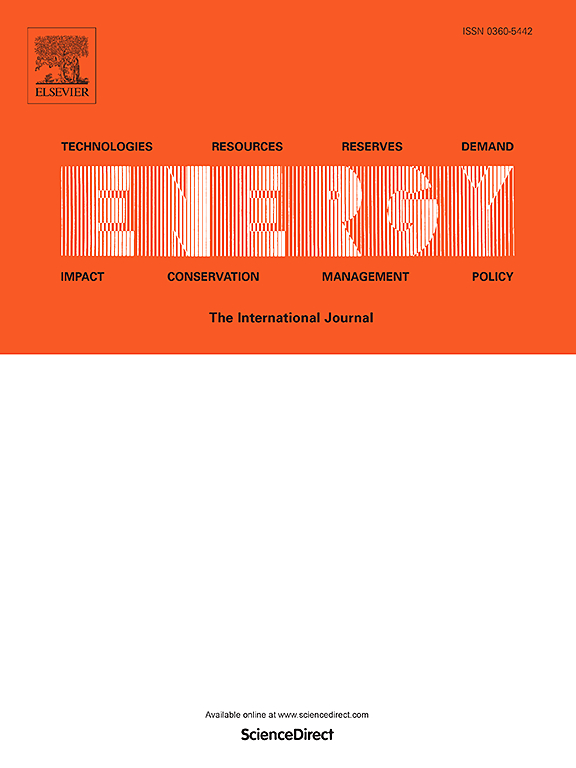Sustainability ranking of straw resource utilization technologies: Life cycle assessment model based on IDEMATEL-IVIKOR
IF 9
1区 工程技术
Q1 ENERGY & FUELS
引用次数: 0
Abstract
Crop straws are utilized as fertilizer, animal feed, biofuels, industrial raw materials, and mushroom cultivation materials. Each method exhibits distinct technical features, and the difficulty in data acquisition makes it challenging for decision-makers to select the most sustainable technology. To comprehensively evaluate and prioritize straw utilization methods, an evaluation system consisting of 12 indicators of Technology-Economy-Society-Environment was constructed. The Life Cycle Sustainability Assessment (LCSA) method was used to evaluate these indicators. The Interval Decision Making Trial and Evaluation Laboratory (IDEMATEL) and the Interval VlseKriterijumska Optimizacija I Kompromisno Resenje (IVIKOR) were integrated to determine the weights of the indicators and to rank the technologies. The results show that the indicators with the highest interval weight values are net profit [0.119 0.263] and greenhouse gas emission reduction [0.097 0.219]. The comprehensive ranking result is fermented feed ≻ artificial board ≻ edible fungi ≻ direct combustion power generation ≻ crushed return to the field. The relative weights are 0.147, 0.173, 0.204, 0.236, and 0.241, respectively. Indirect returning methods such as manure, mushroom residue, and ash are more sustainable than direct returning. The results of the unidimensional ranking indicate that no single transformation pathway can maximize technical, economic, social, and environmental performance simultaneously. Sensitivity analysis further validates the robustness of the results, which can provide a reference for decision-makers to make appropriate choices based on needs and preferences.

求助全文
约1分钟内获得全文
求助全文
来源期刊

Energy
工程技术-能源与燃料
CiteScore
15.30
自引率
14.40%
发文量
0
审稿时长
14.2 weeks
期刊介绍:
Energy is a multidisciplinary, international journal that publishes research and analysis in the field of energy engineering. Our aim is to become a leading peer-reviewed platform and a trusted source of information for energy-related topics.
The journal covers a range of areas including mechanical engineering, thermal sciences, and energy analysis. We are particularly interested in research on energy modelling, prediction, integrated energy systems, planning, and management.
Additionally, we welcome papers on energy conservation, efficiency, biomass and bioenergy, renewable energy, electricity supply and demand, energy storage, buildings, and economic and policy issues. These topics should align with our broader multidisciplinary focus.
 求助内容:
求助内容: 应助结果提醒方式:
应助结果提醒方式:


